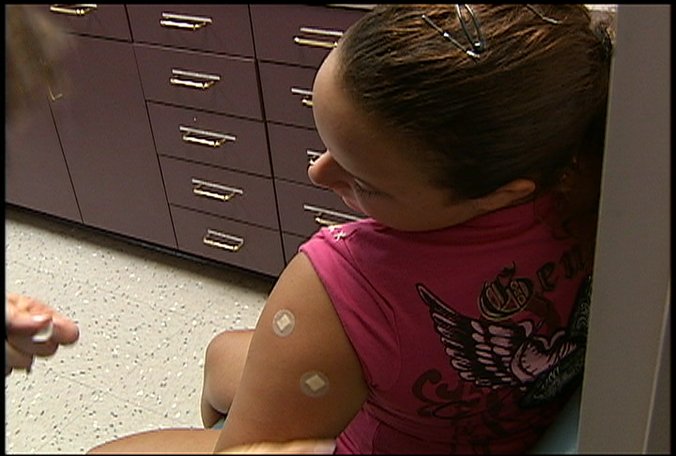 The administration of an Immunization – Reprinted with permission from Centers for Disease ControlTetanus is not common in the United States where immunization is routine, but it is a devastating public health problem in some developing countries.
The administration of an Immunization – Reprinted with permission from Centers for Disease ControlTetanus is not common in the United States where immunization is routine, but it is a devastating public health problem in some developing countries.
Tetanus is a life-threatening infectious ailment which results from exposure to the bacterium Clostridium tetani. The spores of this microorganism occur in soil and other aspects of the environment worldwide, and scientists do not believe that it is possible to eradicate it. however, with immunization during childhood, adolescence, and the adult years, the occurrence of this disease has become a rarity in the United States.
Maternal and neonatal tetanus
Even rarer in the United States is maternal and neonatal tetanus in which the disease infects a pregnant woman or the newborn baby. these situations do commonly arise in developing countries, however, because pregnant women and other women of childbearing age may not have received the vaccine.
There is also the issue of deliveries in these countries, especially in rural areas, without the proper sterile equipment, and this may infect the umbilical cord and cause either the baby or the mother to acquire tetanus. most of these are home deliveries, and the result is a dirty wound which predisposes mother and child to a serious clinical scenario.
For example, some relatives will deliver the baby at home and cut the umbilical cord with a dirty kitchen knife, and this may lead to tetanus in the newborn. most newborns who acquire tetanus die from it.
In 1988, the World Health Organization estimated that 787,000 babies worldwide died of neonatal tetanus that year. by 2008, the occurrence had dropped to 59,000. this dramatic decline was the result of immunization of childbearing age women and the use of hygienic or sterile deliveries (World Health Organization, 2011).
Children are especially at risk for the disease too because they play outside in the dirt and get cuts, scrapes, and lacerations. the bacteria are present in dust, manure, and soil, and they tend to enter the body through a break in the skin.
Fourth of July tetanus
Before the tetanus immunization was available, people also contracted the disease from firecrackers on the fourth of July because sometimes they would explode before the person threw the explosive. the result of these explosions on the holiday was severe skin tears and lacerations of the hands of the young people who did not manage to toss them soon enough.
The warm and moist environment of these lacerations or avulsions from explosives provided a good environment for the bacteria to grow and infect the person. Moreover, the discovery of penicillin had not occurred at that time, and many of these people died from tetanus.
Sources
- Centers for Disease Control. (2011). Tetanus (Lockjaw) vaccination. Retrieved April 30, 2011.
- World Health Organization. (2011). Maternal and neonatal tetanus (MNT) elimination. Retrieved April 30, 2011.
Disclaimer: the information contained in this article is for educational purposes only and should not be used for diagnosis or to guide treatment without the opinion of a health professional. any reader who is concerned about his or her health should contact their physician for advice.